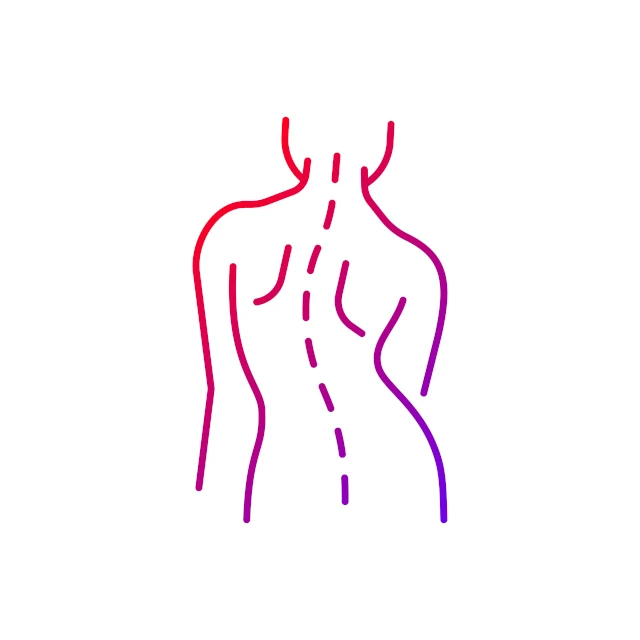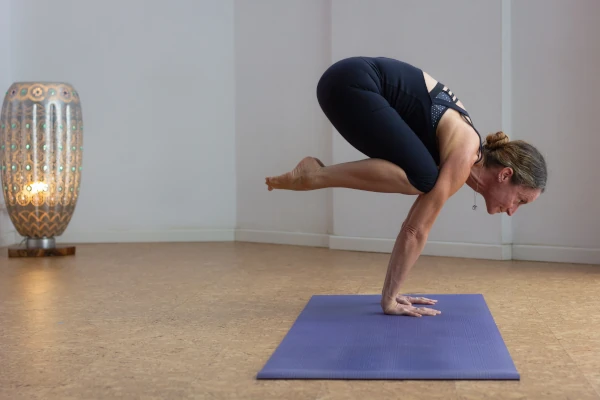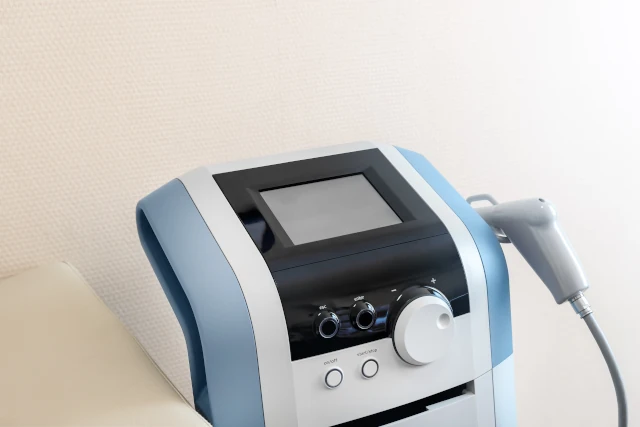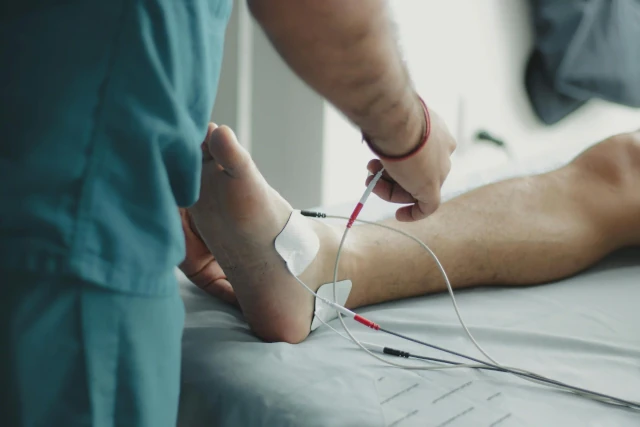
What Is Scoliosis? Types, Causes, Symptoms & Treatment (Surgery, Brace, Pain Relief)
- Dr. Prachi Saini (MPT)
Connect with our expert physiotherapist for personalized physiotherapy advice.
Scoliosis is a complex spinal deformity characterized by an abnormal sideways curvature of the spine, often combined with vertebral rotation. This condition most commonly affects the thoracic (mid-back) and lumbar (lower back) regions, creating a distinctive S or C shaped curve when viewed on an X-ray. While mild cases may only require monitoring, moderate to severe scoliosis can lead to chronic back pain, postural imbalances, reduced lung capacity, and in extreme cases, cardiovascular complications.
What Is Scoliosis?
Scoliosis is a three-dimensional spinal deformity where the spine curves sideways (laterally) and often rotates, causing asymmetry in the shoulders, ribs, and hips. The curvature is measured in degrees using the Cobb angle, which helps determine severity:
- Mild scoliosis: 10°–20° (monitoring & exercises)
- Moderate scoliosis: 20°–40° (bracing & physiotherapy)
- Severe scoliosis: 40°–50°+ (surgery may be required)
Types of Scoliosis
- Idiopathic Scoliosis (Most Common - No Known Cause)
- Infantile (0-3 years) – Rare, may resolve on its own
- Juvenile (4-9 years) – Higher risk of progression
- Adolescent (10-18 years) – Most prevalent, affects girls more than boys
- Adult (18+ years) – Often due to untreated childhood scoliosis or degeneration
- Congenital Scoliosis
Caused by abnormal vertebrae formation in the womb. Often detected in infancy or early childhood.
- Neuromuscular Scoliosis
Linked to nerve/muscle disorders (e.g., spina bifida, spinal cord injuries). Tends to progress rapidly without intervention.
- Degenerative Scoliosis
Develops in older adults due to disc collapse, arthritis, or osteoporosis. Often leads to spinal stenosis and nerve compression.
Common Causes & Risk Factors
While the exact cause of idiopathic scoliosis remains unknown, research suggests:
- Genetics (30% of cases run in families)
- Hormonal imbalances (melatonin, growth hormones)
- Rapid growth spurts during puberty
- Muscle or nerve dysfunction
- Spinal trauma or infections
Symptoms of Scoliosis
Signs vary based on severity but may include:
- Uneven shoulders or waistline
- One shoulder blade protruding more
- Rib hump (visible when bending forward)
- Lower back pain or stiffness
- Leg length discrepancy
- Fatigue after prolonged sitting/standing
- Breathing difficulties (in severe thoracic curves)
Note: Mild scoliosis may be asymptomatic, making screenings crucial for early detection.
How Is Scoliosis Diagnosed?
- Physical Exam – Adams Forward Bend Test checks for rib humps
- X-rays – Measures Cobb angle to assess curvature severity
- MRI/CT Scans – Evaluates nerve/spinal cord involvement
- Scoliometer – Measures trunk rotation angle
Scoliosis Treatment Options
1. Non-Surgical Treatments- Physiotherapy (Schroth Method, SEAS exercises) – Strengthens muscles & improves posture
- Bracing (Boston Brace, Cheneau Brace) – Slows progression in growing teens
- Chiropractic Care – Helps with pain management
- Yoga & Pilates – Enhances flexibility & core stability
- Spinal Fusion – Stabilizes the spine with rods/screws
- Vertebral Body Tethering (VBT) – Less invasive option for teens
- ASC (Anterior Scoliosis Correction) – Motion-preserving alternative
- Heat/Ice Therapy – Reduces inflammation & muscle spasms
- NSAIDs – Eases discomfort (e.g., ibuprofen)
- Posture Correctors – Supports spinal alignment
How Physiotherapy Helps in Scoliosis Management
Physiotherapy plays a critical role in scoliosis treatment, especially for mild to moderate cases. Here is how it helps:
1. Schroth Method (Specialized Scoliosis Physio)
- A 3D exercise-based approach to de-rotate the spine
- Uses breathing techniques & postural corrections
- Helps reduce curve progression & improve posture
2. SEAS Exercises (Scientific Exercise Approach to Scoliosis)
- Focuses on active self-correction & neuromuscular training
- Strengthens core & back muscles to support the spine
3. Pain Relief & Mobility Improvement
- Stretching tight muscles (e.g., pectorals, hip flexors)
- Strengthening weak muscles (e.g., deep core, back extensors)
- Improving breathing patterns (rib cage expansion exercises)
4. Preventing Progression in Adolescents
- Customized exercise plans to counteract spinal asymmetry
- Brace compatibility training (if wearing a brace)
5. Post-Surgical Rehabilitation
- Restoring mobility & strength after spinal fusion
- Scar tissue management & gait training
Note: A certified scoliosis physiotherapist should tailor exercises for best results.
Can Scoliosis Be Prevented?
Since most cases are idiopathic, prevention is not guaranteed. However, early detection through school screenings and posture awareness can help manage progression.
Conclusion
Scoliosis is a treatable condition, especially when caught early. Whether through physiotherapy, bracing, or surgery, most individuals can lead active, pain-free lives. If you suspect scoliosis, consult a spine specialist or physiotherapist for a personalized plan.
Frequently Asked Questions (FAQs)
- At what age does scoliosis typically appear?
Most cases develop during adolescence (ages 10-18), but it can occur at any age.
- Can adults develop scoliosis?
Yes, degenerative scoliosis can develop in adults due to aging, arthritis, or disc degeneration.
- How effective is physiotherapy for scoliosis?
For mild to moderate cases, specialized physiotherapy (like Schroth Method) can significantly improve posture and slow progression.
- When is surgery necessary for scoliosis?
Surgery is typically considered when the curvature exceeds 40°-50° and is progressing, or if there are breathing difficulties.
Connect with our expert physiotherapist for personalized physiotherapy advice.



